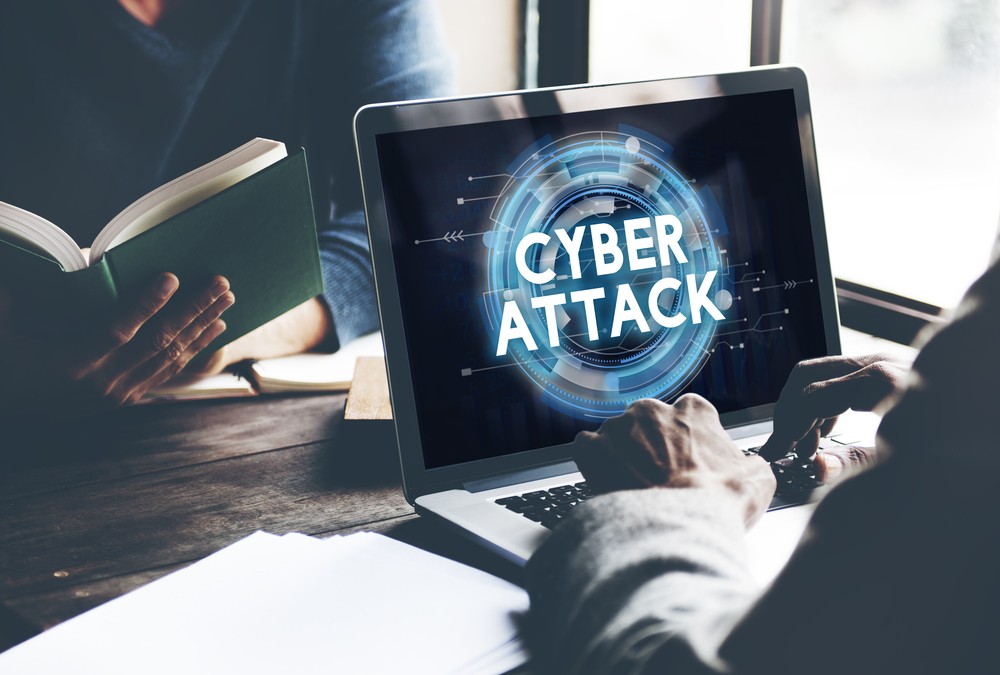
Jul 16, 2019 | SMB Technology, SMB Technology, SMB Technology, SMB Technology, Technology News
With the advance of technology, many benefits have come to businesses—commerce taking place twenty-four hours a day and the ability to have meetings with workers half a world away, among others—but cybercriminals have learned to exploit technology, using practices such as phishing (planting a fraudulent link in an email) to gain access to business’s data and networks. With social engineering, Phishing, and Spearfishing on the rise it is important for you to raise employee awareness about these threats. Read on to discover how to keep your business safe from this type of intrusion. What Phishing is and How to Prevent It Phishing is an increasingly popular way for attackers to access company data and plant malware in a network. A phishing attempt involves putting a fraudulent link in an email to get the recipient to click on the link and unwittingly import malware into their company’s network. Spear phishing, a related type of attack, focuses on an organization or individual. Employees can be trained to recognize an attempt by looking for clues. One is misspellings and grammatical errors in the message. Another tipoff is a strange or suspicious sender’s address; if it looks strange or suspicious, don’t open the email. Yet another practice is to point the mouse arrow over a link to look at it without clicking. All are things an individual can do, and there are additional effective practices. Focus on the Fundamentals The best preventive measures are simple. According to a CompTIA article, getting the basics right is one of the soundest investments a business can make. Prevention, as always, is far less costly than repair....

Jul 12, 2019 | SMB Technology, SMB Technology, SMB Technology, SMB Technology, Technology News
In the last week, two earthquakes have shaken southern California, alerting us to the need to have our businesses prepared for a disaster, whether natural or manmade. Not only can fires, floods and earthquakes cause business interruptions, but so can systems failures, human error, malware and ransomware attacks. It’s never too soon to evaluate what needs to be done to prepare your business for a disaster. And a disaster doesn’t have to be large-scale; a power outage of an hour or two can be enough to stall business operations. Read on to learn about the most important things to do before an emergency Make Data Protection a Key Part of Business Continuity Data is the lifeblood of many businesses, its loss or compromise affecting their ability to do business. Data is needed for transactions and communications, among other functions, and even a short period of downtime can have a potentially disastrous impact on revenue and reputation. When considering the data protection aspect of your business continuity plan, focus on your mission-critical data and applications. What do you need in order to stay in business during a disaster, or recover afterward? Perhaps it’s customer records, or an in-house research database. Be sure to get mission-critical data backed up first, so your business can continue operating. Make sure there is failover—when one network backbone falters, another picks up the slack. Different Methods Can Achieve the Same Goal While the ultimate goal is to remain in business without compromise of revenue or reputation, different methods exist to realize this goal. However, one common thread is the idea of storing data offsite, in...




